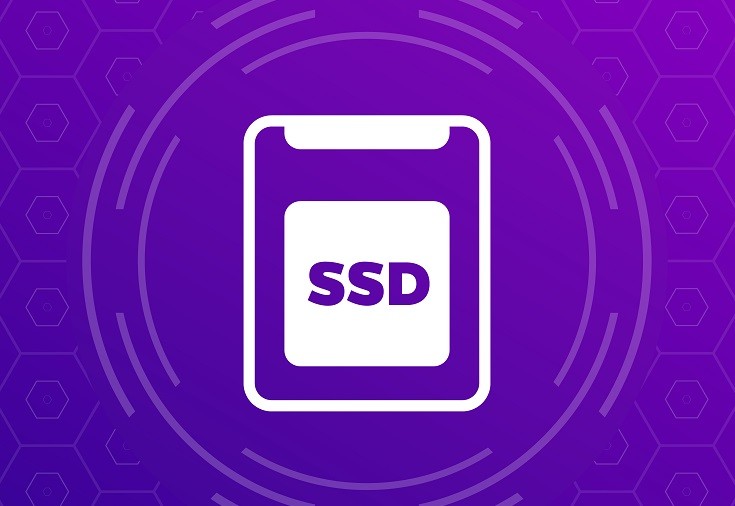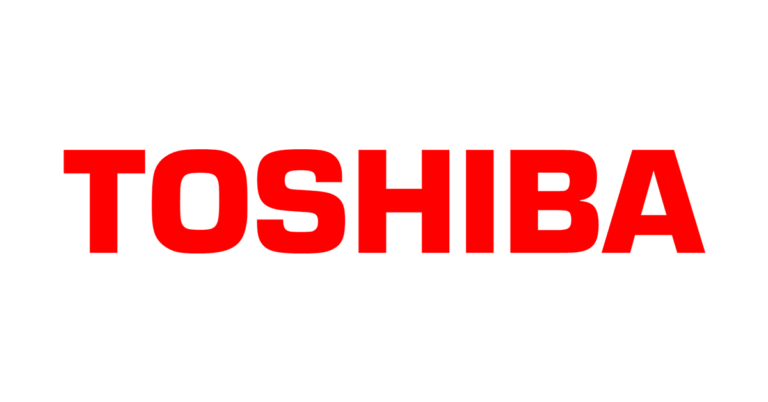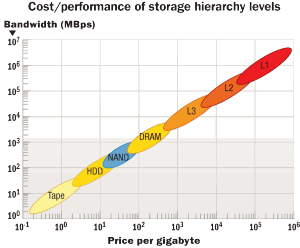As an IT professional, I chose to provide an overview of Western Digital’s SATA drive lineup for several reasons. One is that WD is the current market leader in spinning hard drives, so this makes the categorization most useful to the greatest number of people. The “color coded” line is, based on anecdotal evidence, far and away the chosen drive family of the small business market. This is where SATA drives retain the most disparity of features and factors, making it far more necessary to understand to make a good choice for your business.
While technically the only difference between a SAS (SCSI) and SATA (ATA) drive or even a Fibre Channel (FC) drive is nothing but the communications protocol used to communicate with them, in practical terms SAS and FC drives are only made in certain, high reliability configurations. They do not require the same degree of scrutiny and the same extreme risks as SATA drives.
Understanding SATA drive offerings is the more important for practical, real world storage needs.
WD has made understanding their SATA drive line-up especially easy by adding color codes to the majority of their SATA drive offerings – those deemed to be “consumer” drives, and an “E” designation on their enterprise SATA drives. There’s one outlier, the high performance Velociraptor drives, which seek to compete with common SAS performance for SATA controllers. Altogether they have seven SATA drive families to consider, covering the gamut of drive factors.
While this diagnosis will apply to the easily understood WD lineup, by comparing factors here with the offerings of other drive makers the use cases of their drives can be determined as well.
In considering SATA drives, three really key factors stand out as being the most crucial to consider (outside of price, of course.)
1) URE Rate
URE, or Unrecoverable Read Error, is an event that happens, with some regularity, to electromechanical disk storage media where a single sector is unable to be retrieved.
In a standalone drive this happens from time to time but generally only affects a single file. And users typically see this as a lost file (often one they do not notice) or a possible a corrupt file system, which may or may not easily be corrected.
In healthy RAID arrays (other than RAID 0), the RAID system provides mirroring and/or parity that can cover for this sector failure and recreate the data protecting us from URE issues. When a RAID array is in a degraded state, UREs are a potential risk again.
In its worst case, a URE on a degraded parity array can, in some cases, cause total loss of an array (all data is lost). So considering UREs and their implications in any drive purchase is extremely important and is the primary driver of cost differential in drives of varying types. URE varies from the low end at 10^14, to the high end at 10^16. The numbers are so large that they are always written in scientific notation.
I will not go into an in-depth explanation of URE rates, ramifications and mitigation strategies here, but understanding URE is critical to decision making around drive purchases, especially in the large capacity, lower reliability space of SATA drives.
2) Spindle Speed
This is one of the biggest factors to most users: spindle speed directly correlates to IOPS and throughput. While measurements of drive speed are dynamic, at best, spindle speed is the best overall way to compare two otherwise identical drives under identical load.
A 15,000 RPM drive will deliver almost exactly double the IOPS and throughput of a 7,200 RPM drive, for example. SATA drives commonly come in 5,400 RPM and 7,200 RPM varieties with rare high performance drives available at 10,000 RPMs.
3) Error Recovery Control (ERC):
Also known as TLER (Time Limited Error Recovery) in WD parlance, ERC is a feature of a drive’s firmware, which allows for configurable time limits for read or write errors. This can be important when a hard drive is used in a RAID array, as often error recovery needs to be handled at the array, rather than the drive, level.
Without ERC, a drive is more likely to be incorrectly marked as failed when it has not. This is most dangerous in hardware-based parity RAID arrays and has differing levels of effectiveness based on individual RAID controller parameters. It is an important feature for drives assumed for use in RAID arrays.
In addition to these key factors, WD lists many others for their drives, such as cache size, number of processors, mean time between failures, etc. These tend to be far less important, especially MTBF and other reliability numbers. These can be skewed or misinterpreted easily and rarely offer the insight into drive reliability that we expect or hope. Cache size is not very significant for RAID arrays as they need to be disabled for reasons of data integrity.
So outside of desktop use scenarios, the size of a hard drive’s cache is generally considered irrelevant. CPU count could also be misleading as single CPUs may be more powerful than dual CPUs if the CPUs are not identical and the efficacy of the second CPU is unknown. But WD lists this as a prominent feature of some drives. It is assumed that there is measurable performance gain, most likely in latency reduction, through the addition of the second CPU. I do, however, continue to treat this as a trivial factor and mostly only useful as a point of interest rather than as a decision factor .
All color-coded drives (Blue, Green, Red and Black) share one common factor – they have the “consumer” URE rating of 10^14. Consumer is a poor description here but is, more or less, industry standard. A better description is “desktop class” or suitable for non-parity RAID uses. The only truly poor application of 10^14 URE drives is in parity RAID arrays and even there, they can have their place if properly understood.
Blue: WD Blue drives are the effective baseline model for the SATA lineup. They spin at the “default” 7,200 RPMs, lack ERC/RLER and have a single processor. Drive cache varies between 16MB, 32MB and 64MB depending on the specific model.
Blue drives are targeted at traditional desktop usage – as single drives with moderate speed characteristics, not well suited to server or RAID usage. Blue drives are what is “expected” to be found in off the shelf desktops. Blue drives have widely lost popularity and are often not available in larger sizes. Black and Green drives have mostly replaced the use of Blue drives, at least in larger capacity scenarios.






